Salvia apiana in nature and cultivation
ccroulet
16 years ago
Related Stories
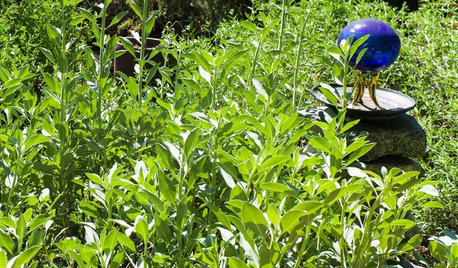
FLOWERS AND PLANTSWhite Sage Shimmers in the Water-Wise Garden
California native Salvia Apiana features silvery-green foliage and seasonal flowers that bees, hummingbirds and butterflies love
Full Story
GARDENING GUIDES10 Deer-Resistant Native Flowers to Plant This Fall
Learn about natives that embrace some kinds of wildlife but resist grazing deer
Full Story
EDIBLE GARDENS12 Essential Herbs for Your Edible Garden
Make home cooking and drinks even better with herbs plucked from your own backyard or windowsill pot
Full Story
FRONT YARD IDEASBefore and After: Front Lawn to Prairie Garden
How they did it: Homeowners create a plan, stick to it and keep the neighbors (and wildlife) in mind
Full Story
GARDENING GUIDESAttract Hummingbirds and Bees With These Beautiful Summer Flowers
Roll out a welcome mat for pollinators to keep your landscape in balance and thriving
Full Story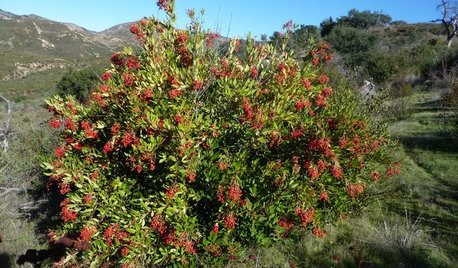
WINTER GARDENINGGreat Design Plant: Toyon
Grow this fuss-free California native for beautiful winter color indoors and out
Full Story
GARDENING FOR BUTTERFLIESGardening for the Bees, and Why It’s a Good Thing
When you discover how hard bees work for our food supply, you may never garden without them in mind again
Full Story
INSPIRING GARDENSNative Plants Bring 10 Southern California Front-Yard Gardens to Life
Rare plants, rain gardens and wildlife habitats are just a few of the features showcased on the 2016 Theodore Payne Native Plant Garden Tour
Full Story
GARDENING GUIDES6 Plants That Beat Butterfly Bush for the Wildlife Draw
It's invasive, a nonnative and a poor insect magnet. Check out these better alternatives to butterfly bush in the garden
Full Story
GARDENING GUIDESBackyard Birds: Invite Entertaining Hummingbirds Into Your Garden
Hummingbirds — unique to the Americas — zip through open landscapes seasonally or year-round. Here’s how to attract them
Full StorySponsored
Columbus Area's Luxury Design Build Firm | 17x Best of Houzz Winner!
More Discussions







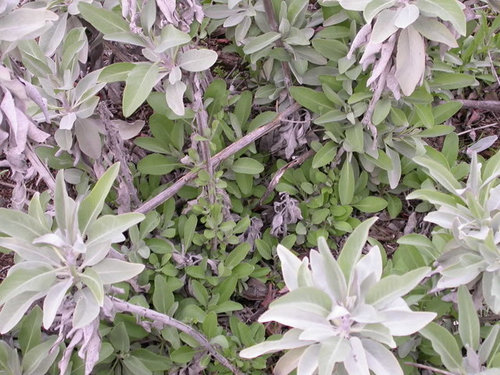
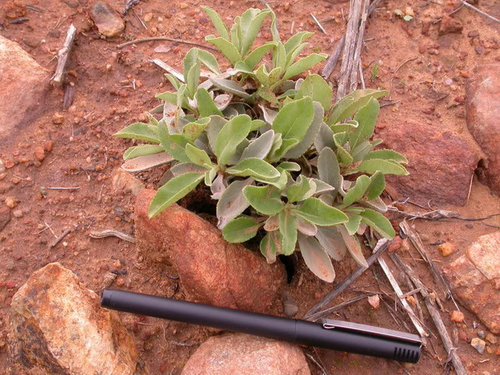
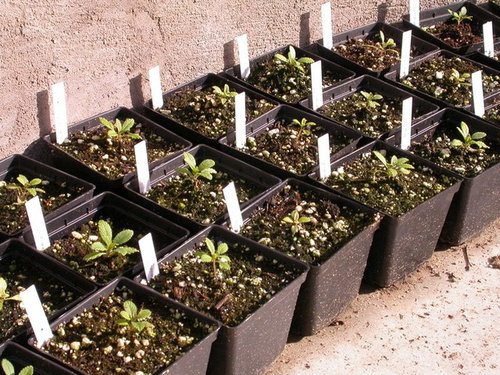
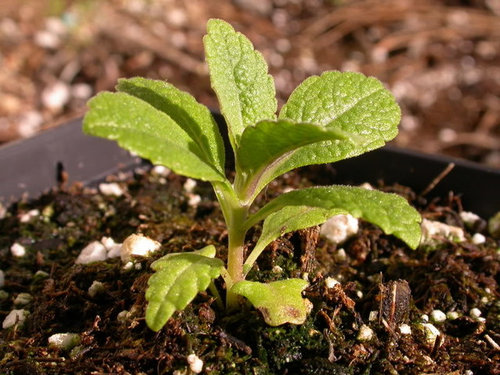

janus59
youreit
Related Professionals
Derry Landscape Architects & Landscape Designers · Port Royal Landscape Architects & Landscape Designers · Battle Ground Landscape Contractors · Eustis Landscape Contractors · Galveston Landscape Contractors · Hawthorne Landscape Contractors · Middletown Landscape Contractors · National City Landscape Contractors · Oklahoma City Landscape Contractors · North Bellport Outdoor Lighting & Audio Visual Systems · Downers Grove Siding & Exteriors · Kennewick Siding & Exteriors · Kenosha Siding & Exteriors · Manassas Siding & Exteriors · Overland Park Siding & ExteriorsccrouletOriginal Author
janus59
ccrouletOriginal Author
dicot
ccrouletOriginal Author
ccrouletOriginal Author
ccrouletOriginal Author
rich_dufresne
ccrouletOriginal Author
ccrouletOriginal Author
ccrouletOriginal Author
ccrouletOriginal Author
eighty4proof
ccrouletOriginal Author
wardda
Kaveh Maguire Garden Design
ccrouletOriginal Author
kelpmermaid
ccrouletOriginal Author
hybridsage
ccrouletOriginal Author
kelpmermaid
hybridsage
ccrouletOriginal Author
samarpana
kermitc
ccrouletOriginal Author